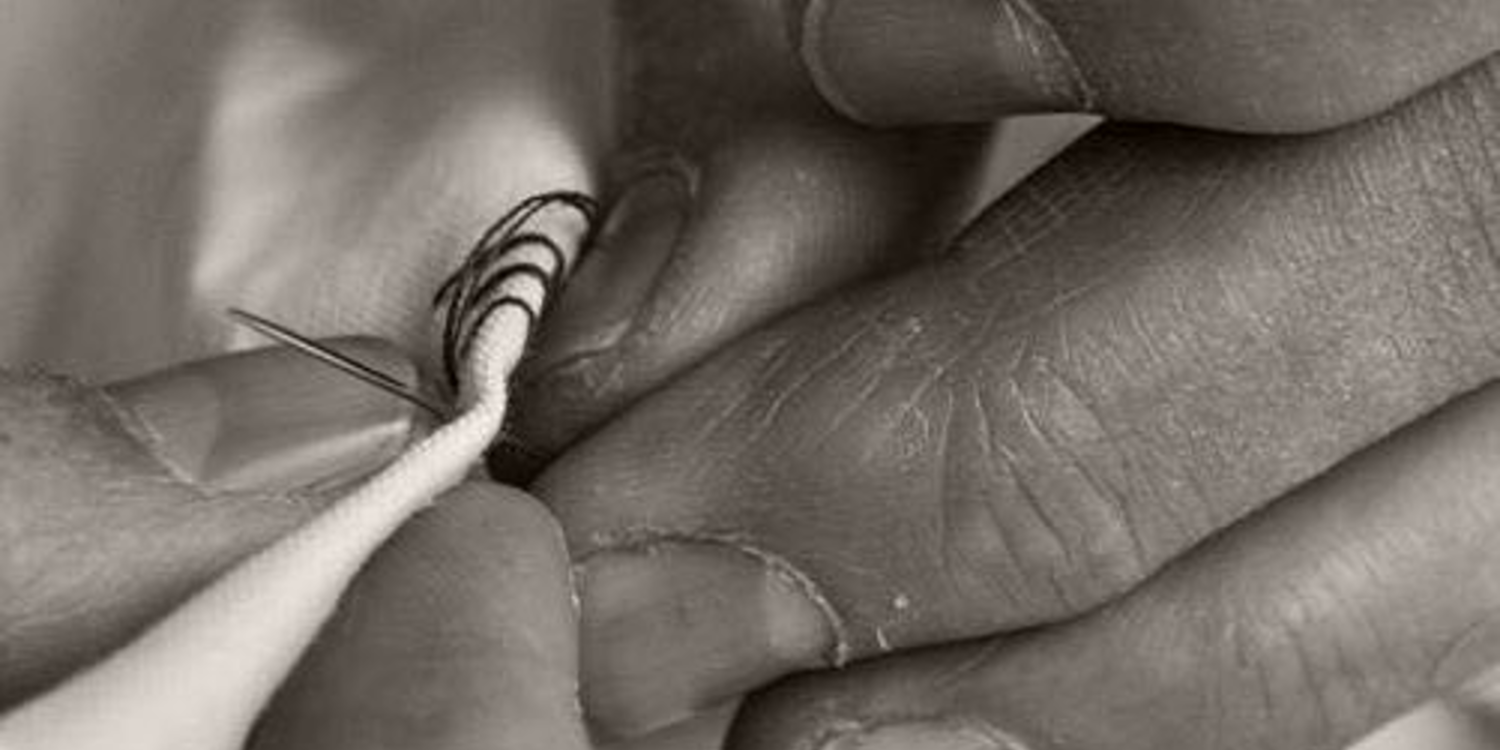
A New Era For Fashion: Sustainability Labelling Is On Its Way
Remember a time before the food traffic light system? Implemented by hundreds of food manufacturers across Europe to help shoppers understand the health implications of their choices, this red-green scale made it quick and easy to shop more healthily. Rather than needing to scan the long and complicated ingredients list and decipher code names for different sugars and additives, a simple colour clearly stated how much salt, fat, calories and sugars each package contained. Suddenly, manufacturers were left exposed - that low-fat yoghurt that actually contains your daily allowance of sugar is laid out for consumers to see and change their shopping habits accordingly. Needless to say, the traffic light system hasn’t been adopted by all producers and is still not considered as mandatory in the food industry, although this may soon change.
A study conducted by the Canadian Community Health Survey discovered that under the traffic light system, everyday shoppers consumed 13% less fat, and 6% less salt than when shopping without this guidance. Creating a visual aid to inform consumers of the implications of their choices is clearly a powerful tool capable of changing shopping habits. Imagine if this simple yet incredibly effective system could be adopted in other industries to shine a light on which producers are actually doing what they say they are? Earlier this month, France has announced plans to introduce a similar method to the food traffic light system across French retailers to educate shoppers on the sustainability credentials of the clothes they’re buying.

This new system would work as a scorecard, rating clothes from A to E (with A being the best score), using whether the item can be recycled, the toxicity of any dyes used and the amount of water needed to produce it (amongst other factors) to establish its sustainability score. So, rather than needed to take a retailer’s sustainability claims at face value or spend time looking into the nitty-gritty of their production methods (if you can find any info on this at all), the letter on the label should tell you everything you need to know.
The reason this proposed system could be so powerful is that currently there’s little to no transparency in the retail industry. Customers have no way to know where materials have been sourced from, if the factory working conditions are ethical, or whether the production process is sustainable. If the retailers do disclose information, much like in the food industry, often the positives are concealing the negative factors hidden elsewhere. It’s unsurprising then that unless this motion is legally backed, many retailers and brands will choose not to disclose the information needed to assign them a rating, leaving us in no better position than before. France is determined to make this labelling mandatory within the next two years but it remains to be seen what type of opposition they will face from the industry itself.

When information becomes simplified to this level, it becomes much easier for the sustainability ‘goodies and baddies’ to be identified, which is understandably a real concern for those brands who aren’t yet adopting good sustainability practices. Much like the Canadian supermarket experiment, could we expect a change in how shoppers consume fashion? If one brand was selling a cotton T-shirt classed with a B rating and another similarly priced brand had a cotton T-shirt classed with a D rating, would that affect which T-shirt you’d purchase? The differences between the food and retail industry are also a factor: supermarkets generally stock many different types of food products by many different brands, however, most retail stores typically stock only one brand. It’s unclear so far how this system would roll out in practice but any changes to how much transparency there is between retailer and consumer can only be a step in the right direction.
Along with blockchain technology, introducing a sustainability rating to clothing labels could significantly change how we shop, who we shop with and how regularly we purchase clothing. With more pressure being placed on brands to follow through with sustainability claims, a scheme like this could finally allow shoppers to make informed choices and show retailers where they should be investing.

Leave a comment
This site is protected by hCaptcha and the hCaptcha Privacy Policy and Terms of Service apply.